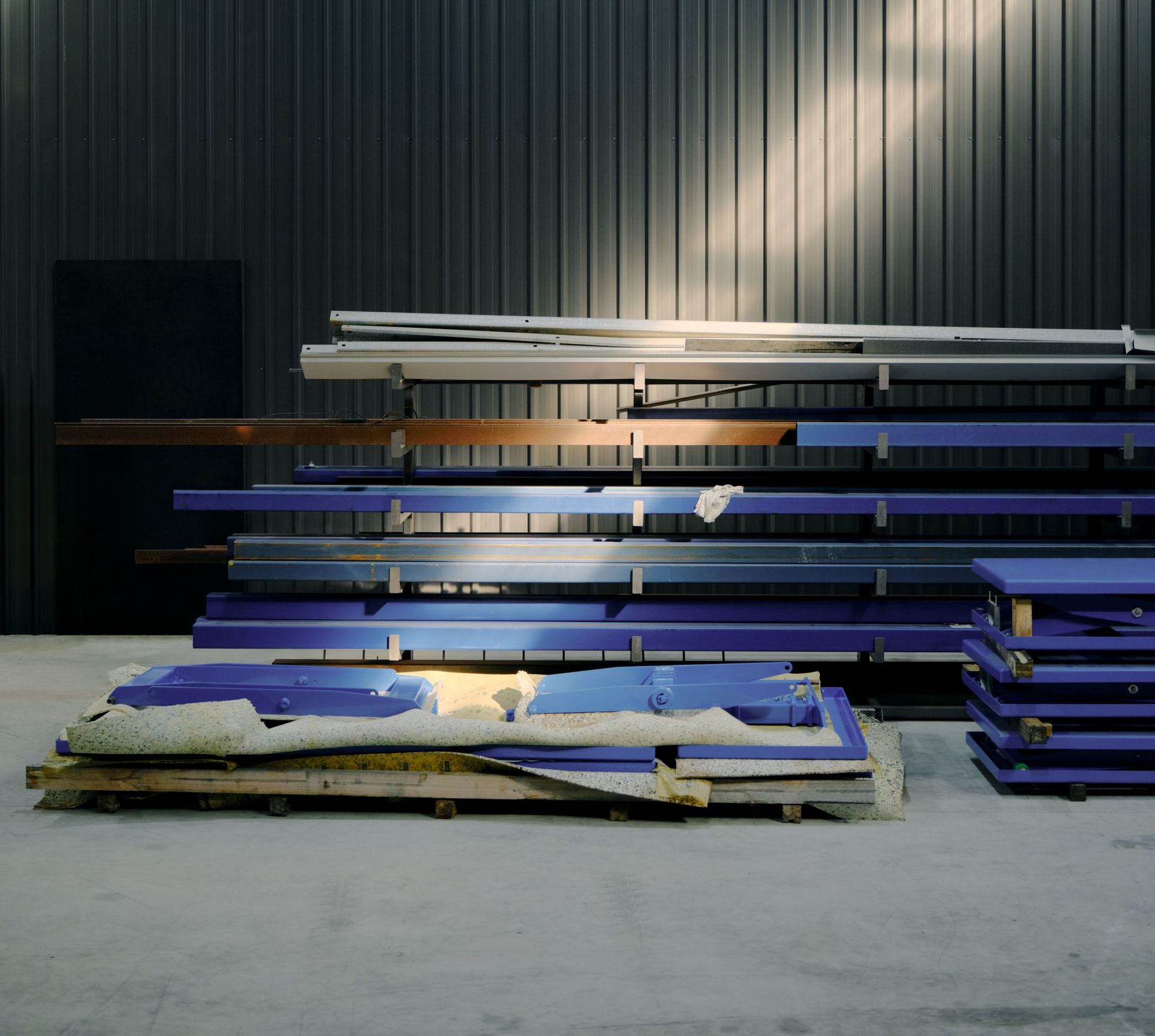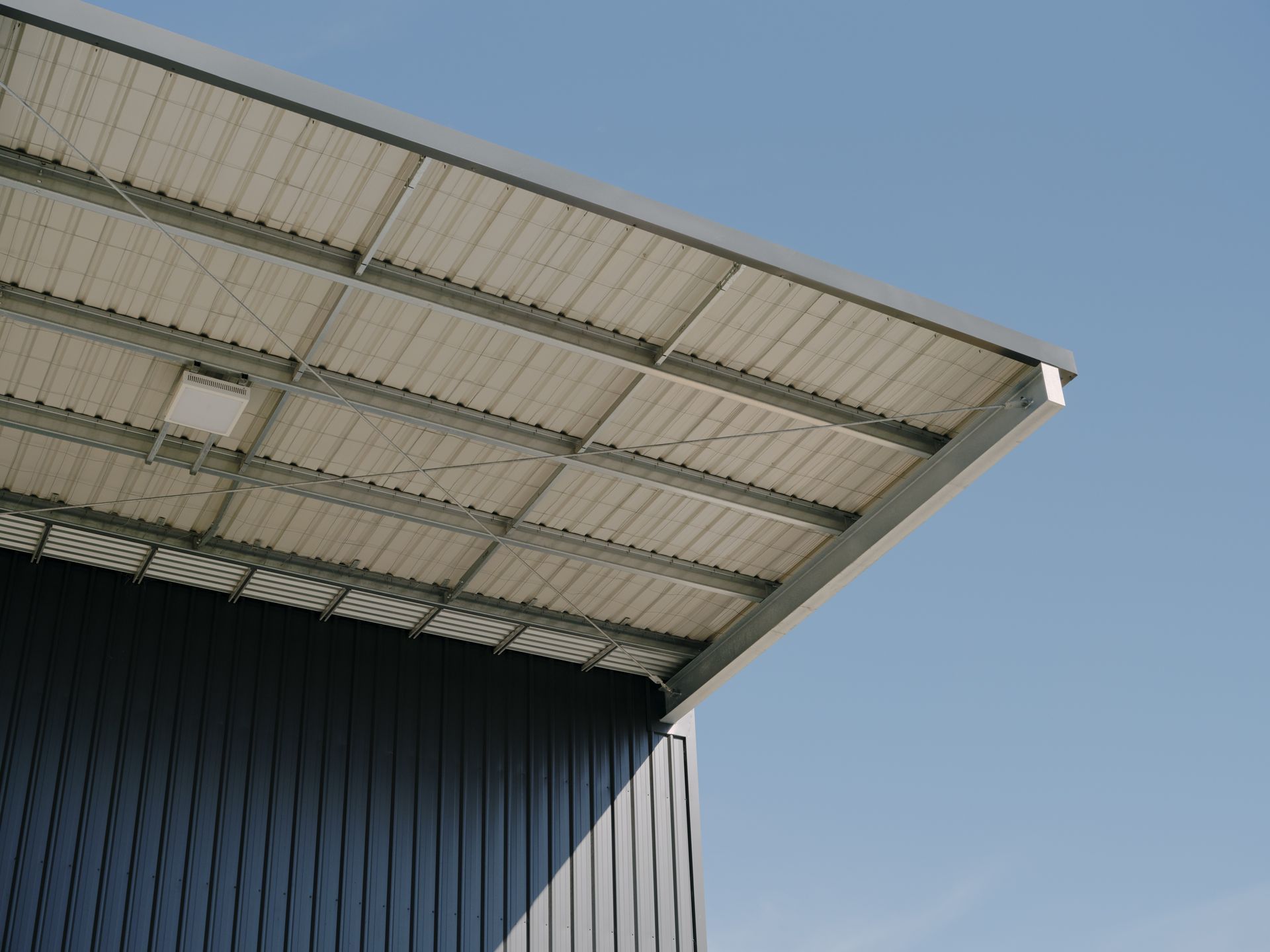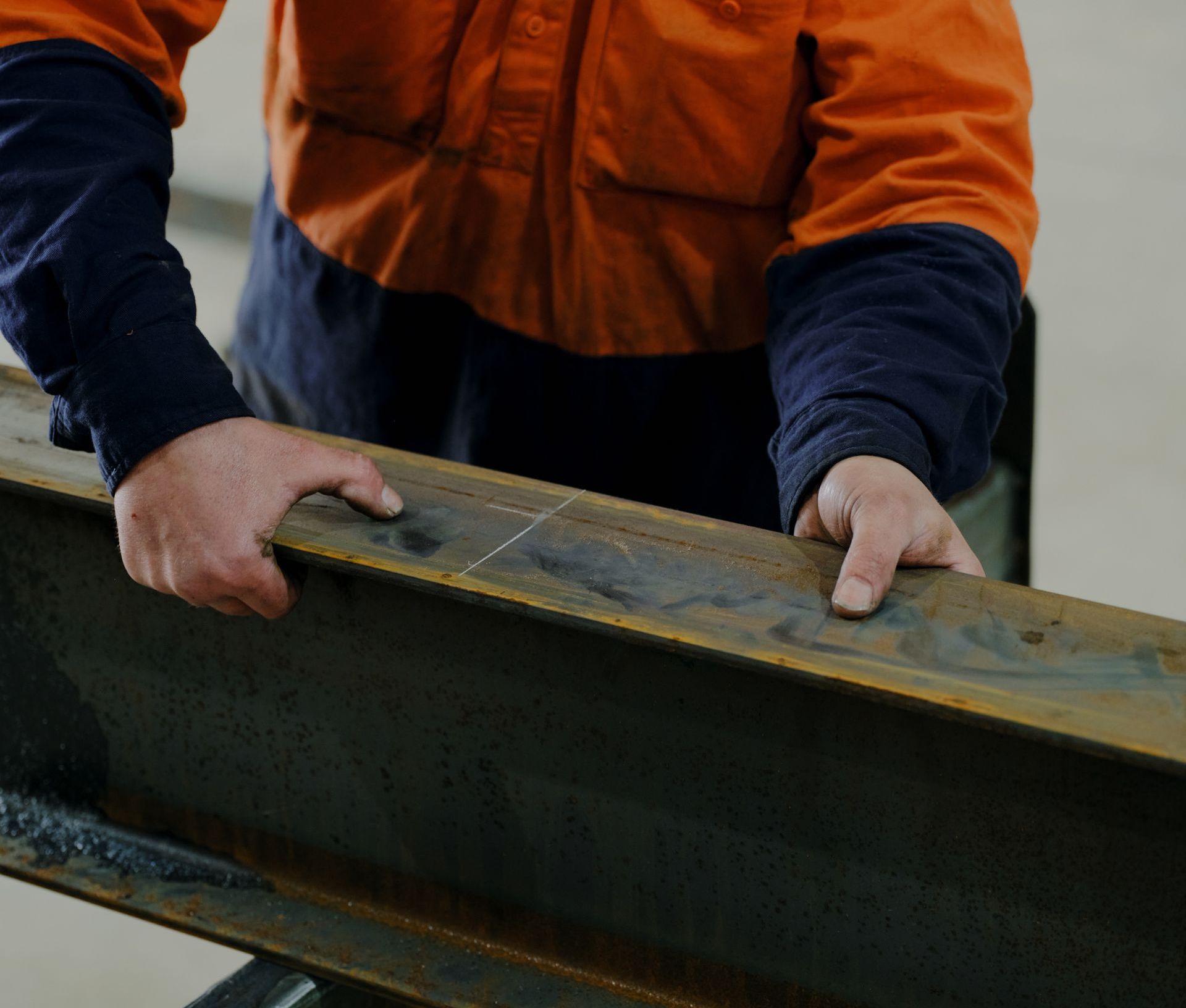The Making of a Steel Member: From Raw Materials to Industrial Structures
Steel beams are one of the most common types of structural steel, and your Steelcorp commercial steel building is engineered using quality Australian steel members. With a high strength-to-weight ratio, structural steel is intrinsically stronger than cold-formed steel, making it essential for constructing large spans and larger structures, such as industrial sheds, industrial buildings, and warehouse projects.
Steel is at the core of what we do at Steelcorp. In this article, Shane Barker shares the journey of how raw materials become the structural steel members that will quietly and reliably hold your building up for decades.
CONTENTS

The Structural Steel Story
THE BRIEF
Steel goes through several processes, including smelting, milling, and forming, before it can be sold as steel building supplies. It’s essential to use Australian-made steel, as imported alternatives can often be of poor quality. Some of our trusted suppliers in North East Victoria include Steelforce, InfraBuild, and Surdex. After purchasing steel from the supplier, our team begins fabricating your structure, including hot-dip galvanising each component to ensure durability.
1. From Raw Materials to Steel
Steel is an alloy made primarily of iron, with carbon added to improve strength and fracture resistance. Used across the globe as a reliable and strong building material, steel is created through processes that transform raw iron ore and carbon into the manufactured steel we see in industrial sheds, industrial buildings, and warehouse projects.
The process begins with smelting in furnaces heated to a scorching 1400℃. This initial melting produces a crude form of steel known as pig iron. Next, an oxidation process removes excess carbon and other impurities.
“Several other processes can be incorporated to achieve specific alloys, with the foundry adding different elements like manganese to increase tensile strength and vanadium to enhance hardness,” explains Shane.
2. Milling and Forming
Molten steel is cast into various shapes such as pipes, sheets, or billets, ready to be refined into specific building materials. Steel members are created from billets that are hot-formed into the familiar I and H shapes of Universal Beams.
During this process, the steel passes through rollers, shaping it into the required profile. After cooling, it is cut to size based on design specifications. Additional processes such as annealing and tempering determine the alloy's final behavior, ensuring optimal performance in industrial steel construction services.

“Australian steel is far superior to imported alternatives,” notes Shane. “Chinese steel is typically poor quality, can cause welds to crack, and may not be manufactured in the same way Australian steel building supplies are made.”
- Shane Barker, Steelcorp
3. Purchasing Steel from the Supplier
Structural steel shapes, sizes, metallurgic composition, and mechanical properties like strength are all regulated by Australian Standards. Compliance with these standards is critical, as outlined in AS 4100 Steel Structures and referenced in the National Construction Code.
At Steelcorp, we ensure all our steel building supplies come from reputable Australian manufacturers. Each piece of steel we purchase meets stringent quality standards, indicated by approved marks or stamps.
While steel prices fluctuate based on industry trends and global markets, our advice is to focus on what you can control: partnering with reliable industrial steel builders and planning your warehouse project or industrial shed with a trusted commercial steel supplier.
4. Fabricating Your Structure
Once the steel Universal Beams arrive at our facility, our team begins the fabrication process. This involves welding and assembling structural elements like web trusses, rafters, and columns based on detailed shop drawings.
We specify hot-formed RHS steel members up to 20mm thick for maximum strength and durability. These components, along with Universal Beams up to 40mm thick, are hot-dip galvanised to resist corrosion and ensure long-term reliability in all steel construction services.
“Every project is different, but our scope often includes a fabricated hot-dipped galvanised steel package, providing everything your builder needs to get the skeleton of your steel building system in place," says Shane.
- Shane Barker, Steelcorp
5. Recycling the Steel
While your structure is designed to outlast you, its materials can be efficiently recycled when it eventually reaches the end of its life. Steel is one of the world’s most recyclable materials, with a global recycling rate exceeding 60%.
Steel components can often be reused in their original state. Recycled steel also provides significant energy and raw material savings—over 1400 kg of iron ore, 740 kg of coal, and 120 kg of limestone can be conserved for every 1000 kg of steel scrap remade into new steel. This makes industrial steel buildings and warehouse projects sustainable choices for the future.
Structural Steel Members: The Backbone of Your Structure
Structural steel members form the backbone of your industrial shed or warehouse project, providing the robust and durable framework needed for your unique design. An Australian-made Steelcorp structural steel building delivers durability, design freedom, and the strength required for your commercial project.

